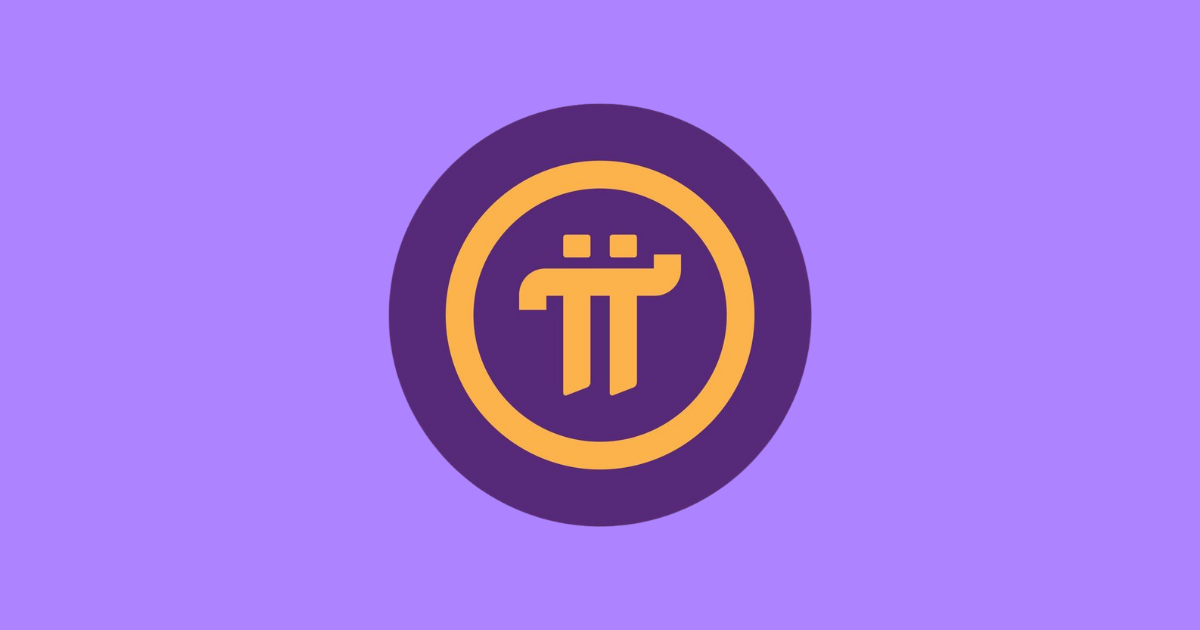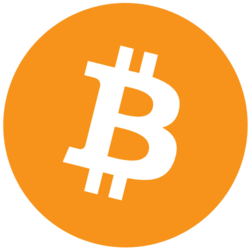Coin Launch Space is here to give you clear, accurate, and trustworthy information about crypto. Our team is made up of experts with real experience in crypto, finance, and new tech. Every article and page we publish is carefully reviewed by skilled editors to make sure it’s up to our high standards. We take pride in offering honest, easy-to-understand reviews based on real knowledge. Check out our editorial policy and see how we test and review crypto assets.
Imagine a world where your phone isn’t just a tool for selfies or scrolling, but a quiet engine humming away, minting digital gold. For millions, that’s been the promise of Pi Network—a cryptocurrency mined not with hulking rigs or power-hungry processors, but with the tap of a finger. If you’ve been part of this journey, watching those Pi tokens stack up in your wallet, you’re probably wondering: what now? How do I turn this curious experiment into something tangible—say, a stack of dollars or a pile of Ethereum? Well, pull up a chair, because we’re about to unravel the ledger of possibilities.
It’s March 1, 2025, and the Pi Network has finally stepped out of its cocoon. The open mainnet launched on February 20, 2025, unleashing Pi tokens into the wild of cryptocurrency exchanges. After years of anticipation, skepticism, and a few raised eyebrows, the dream of Stanford alums Nicolas Kokkalis, Chengdiao Fan, and Vincent McPhillip has taken flight. But much like Icarus, who soared too close to the sun, the path to cashing out your Pi isn’t without its twists. So, let’s embark on this odyssey together—step by step, with a dash of wonder and a pinch of caution—to explore how you can sell and convert your Pi tokens in this brave new year.
The Dawn of Pi: Where We Stand in 2025
Picture this: a ledger not bound by leather or locked in vaults, but alive, pulsing across a global web of nodes—blockchain, the unsung poet of our digital age. Pi Network has spent over six years crafting its verses, building a community of more than 100 million registered users, with 65 million still active, according to the latest whispers from the project’s core team. Unlike Bitcoin, which demands energy like a ravenous beast, Pi’s mobile-first ethos has made it a darling of the everyman—accessible, efficient, and, dare I say, revolutionary.
The big news? The enclosed mainnet phase is history. On February 20, 2025, Pi transitioned to an open mainnet, meaning those tokens you’ve mined aren’t just digital trinkets anymore—they’re tradable assets. Exchanges like OKX, Bitget, HTX, and MEXC have rolled out the red carpet, listing Pi for spot trading. Data from CoinGecko pegs the current price at $2.66 per PI as of late February, though it’s danced as high as $2.99 and as low as $0.71 in the past week. Volatility? Oh, it’s there—like a tempest tossing a ship—but that’s the crypto sea for you.
So, what does this mean for you, the Pi pioneer? It’s time to decide: hold for the long haul or cash out now. If you’re leaning toward the latter, you’re in the right place. This guide will walk you through the how, the where, and the why of selling and converting your Pi tokens, with the latest data lighting our path.
Step 1: Preparing Your Pi for the Market
Before you can sell, you’ve got to get your ducks—or rather, your tokens—in a row. First things first: ensure your Pi is migrated to the mainnet. If you’ve been mining for years, you likely got a nudge from the Pi Network app to complete your Know Your Customer (KYC) verification. This step was crucial to unlock your tokens for transfer. If you haven’t done it yet, open the Pi Browser app, follow the prompts under “Mainnet Checklist,” and get verified. It’s your golden ticket out of the enclosed ecosystem.
Next, check your wallet. Your Pi tokens should be sitting pretty in the official Pi Network wallet, accessible via the Pi Browser. Unlock it with your passphrase—those 24 words you scribbled down somewhere safe, right?—and take a peek. If your balance shows as “migrated,” you’re ready to roll. If not, you might still be stuck in the old enclosed phase, unable to transfer or sell until you finish the migration. The Pi team has streamlined this process, but it’s worth double-checking.
Now, a word of caution: the crypto world is a jungle, and scammers lurk in the shadows. Never share your passphrase with anyone—Pi Network won’t ask for it, and neither should any legit platform. If someone’s dangling a “wallet validation” carrot, run the other way. Your tokens are safest in your control until you send them to a trusted exchange.
Step 2: Choosing Your Trading Arena
With your Pi prepped, it’s time to pick your marketplace. Think of this as choosing a stage for your performance—each has its vibe, its crowd, and its quirks. As of March 2025, you’ve got three main options: centralized exchanges (CEXs), decentralized exchanges (DEXs), and peer-to-peer (P2P) platforms. Let’s break them down.
Centralized Exchanges: The Main Stage
CEXs are the rock stars of crypto trading—big, bold, and bustling with activity. Since the mainnet launch, several have embraced Pi, offering slick interfaces and liquidity. Here are the top players, based on the latest buzz from CoinCodex and CCN:
- OKX: A heavyweight with a $5.63 billion 24-hour trading volume for Pi as of late February. It’s user-friendly and caps orders at $10,000 to prevent dumps, though withdrawals were delayed until February 21 due to a traffic surge.
- Bitget: Another contender, kicking off Pi trading on February 20 at 8:00 AM UTC. It’s fast, secure, and a favorite for spot trading PI/USDT pairs.
- HTX: Known for Pi IOUs pre-launch, HTX now supports real Pi trading. It’s a solid pick with global reach.
- MEXC: A rising star, offering PI/USDT trading with competitive fees.
These exchanges act as middlemen, matching buyers and sellers. You’ll need an account, some basic verification (think ID and a selfie), and a deposit of your Pi. They’re ideal if you want speed and simplicity, but watch out for fees—typically 0.1% to 0.5% per trade—and market swings.
Decentralized Exchanges: The Indie Scene
DEXs are the rebels of the crypto world—no central authority, just you, your wallet, and the blockchain. As of now, Pi hasn’t confirmed a DEX listing, but platforms like PancakeSwap or Uniswap could support it soon, especially if community demand grows. To use a DEX, you’d connect a wallet like MetaMask, swap Pi for another crypto (say, USDT or ETH), and trade peer-to-peer. It’s more hands-on and fee-light, but liquidity might be thinner, and you’ll need to source Pi’s contract address from an official channel—like the Pi Network site—to avoid fakes.
Peer-to-Peer: The Street Market
Feeling adventurous? P2P trading lets you deal directly with buyers, online or offline. Platforms like Binance P2P or LocalBitcoins (for crypto-to-fiat swaps) can facilitate this, or you could hit up Pi forums and Telegram groups. Some merchants even accept Pi for goods—think gaming gear or, yes, even a car, per the Pi Core team’s X posts during PiFest. The catch? Trust is king. Scams abound, so stick to escrow services or verified traders, and never send Pi without payment confirmation.
Step 3: Transferring Your Pi to an Exchange
Let’s say you’ve chosen OKX—reliable, bustling, and ready for your Pi. Here’s how to get your tokens there, step by step:
- Sign Up: Head to OKX’s site, create an account, and complete KYC. It’s quick—email, password, and a few docs.
- Get Your Deposit Address: In OKX, go to “Assets,” then “Deposit,” and search “Pi Coin.” Copy the address—it’ll start with “M.”
- Send from Pi Wallet: Open Pi Browser, unlock your wallet, hit “Pay/Request,” and select “Manually Add Wallet Address.” Paste OKX’s address, enter your Pi amount, and send. Double-check everything—blockchain transfers don’t come with a “whoops” button.
- Wait: Deposits take 10-30 minutes, though launch-day hiccups pushed some to hours. Be patient; it’ll show up.
Your Pi’s now on OKX, ready to trade. The process is similar for Bitget, HTX, or MEXC—just swap the exchange name and follow their deposit flow.
Step 4: Selling Your Pi Tokens
Now, the main event: turning Pi into profit. On OKX, head to “Trade,” then “Spot,” and find the PI/USDT pair. You’ve got two options:
- Market Order: Sell instantly at the current price—$2.66 as of this writing, per CoinGecko. Fast, but you’re at the market’s mercy.
- Limit Order: Set your price—say, $3—and wait for a buyer. Riskier if the market dips, but you could score more if it spikes.
Enter your amount, confirm, and boom—your Pi becomes USDT. Want Bitcoin or Ethereum instead? Swap USDT for them on the same platform. Timing matters—Pi’s volatility (up 41.87% in a day, per CoinCodex) means watching trends can pay off. Avoid panic-selling during dips; the early days of a coin’s listing are a rollercoaster.
Step 5: Converting to Cash or Crypto
Your wallet’s now flush with USDT—stable, versatile, and ready to move. What’s next?
Cashing Out to Fiat
To see dollars in your bank, use P2P trading. On OKX, go to “P2P Trading,” pick a buyer (filter by USD, payment method, and rating), and sell your USDT. They’ll send cash via bank transfer, PayPal, or whatever you agree on. Withdrawals hit your account in 1-3 days, depending on the platform and bank. Fees vary—OKX might charge 0.5%—so check the fine print.
Converting to Other Crypto
Prefer to stay in the crypto game? Trade USDT for BTC, ETH, or any coin OKX lists. Go to “Spot Trading,” pick your pair (e.g., BTC/USDT), and execute. Then, withdraw to an external wallet—Trust Wallet, MetaMask, or a hardware one—for safekeeping. OKX opened Pi withdrawals on February 21, so you’re free to move assets out.
Tips for a Smooth Ride
Before we part, a few nuggets of wisdom from three years in the crypto trenches:
- Watch Fees: CEXs nibble at your profits—compare rates. DEXs might save you, if Pi lands there.
- Stay Secure: Use two-factor authentication, cold storage for big sums, and official channels only.
- Time It: Pi’s price is a wild card—track it on CoinGecko or CoinCodex. Sell high, not low.
- Diversify: Don’t dump all your Pi at once. Batches mitigate risk.
- Taxes: Uncle Sam wants a cut—log your trades. Crypto gains are taxable in the U.S.
The Bigger Picture: What’s Next for Pi?
As we close this chapter, let’s ponder the horizon. Pi’s launch has been a spectacle—$2 within hours, then a dip, per BeInCrypto. Some see a pyramid scheme’s ghost; others, a digital dawn. With 100 billion tokens in supply and adoption ticking up, its fate hinges on utility—will merchants embrace it? Will developers build on it? The Map of Pi app hints at yes, spotlighting Pi-friendly businesses.
For you, the choice is yours: sell now and pocket the gains, or hold and bet on a moonshot. Either way, you’ve been part of something audacious—a mobile-mined dream turned reality. So, what’s your move? Are we crafting a utopia or chasing a mirage? The blockchain’s still writing its story—let’s see where it takes us.
Disclaimer: The content provided reflects the authors personal opinions and is influenced by current market conditions. Conduct thorough research before making any cryptocurrency investments. The author and the publication are not liable for any financial losses you may incur.























